An overview of selected new books in Szilárd Library, with a word from their authors, reviewers and publishers

By Michael J. Reiss and Michael Ruse
In this accessible analysis, a philosopher and a science educator look at biological theory and society through a synthesis of mechanistic and organicist points of view to best understand the complexity of life and biological systems.
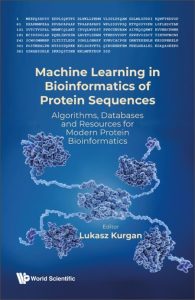
Edited by Lukasz Kurgan
With contributions by a dozen of accomplished researchers, this book provides a holistic view of the structural bioinformatics by covering a broad spectrum of algorithms, databases and software resources for the efficient and accurate prediction and characterization of functional and structural aspects of proteins.
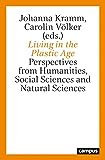
Edited by Johanna Kramm and Carolin Völker
This anthology aims to question the role of plastics in our society and the implications plastics have for the environment and human health. The detection of this emergent contaminant opens up a new field of scientific engagement for natural sciences on the effects of (micro-) plastics for the environment and the social sciences on new governance regimes on marine litter as well as on solution strategies to combat plastic waste.
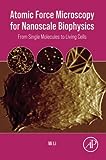
By Mi Li
The book discusses the methodology of AFM-based biomedical detection, diverse biological systems, and the combination of AFM with other complementary techniques. These state-of-the-art chapters empower researchers to address biological issues through the application of atomic force microscopy.

Edited by Frank N. Crespilho
This book compiles the most widespread methodologies of application of quality statistical tools added to the evaluation of diagnostic tests for detection of SARS-CoV-2, metabolic behavior of COVID infection severity, and trends in rapid test for COVID-19.
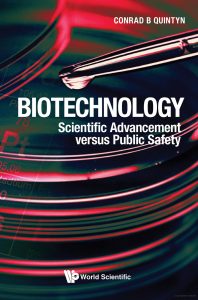
by Conrad B. Quintyn
The author’s overall goal is to discuss other biotechnology that is being used to improve and put at risk the health, environment, and safety of humans, giving the book a competitive edge. Furthermore, the book provides a provocative side in challenging scientists to consider the current belief governing research and development, which is that scientific advancement and public safety create a false dichotomy.
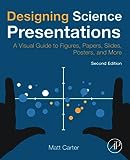
By Matt Carter
This clear, readable volume fills that gap, providing visually intensive guidance at every step―from the construction of original figures to the presentation and delivery of those figures in papers, slideshows, posters and websites. The book provides pragmatic advice on the preparation and delivery of exceptional scientific presentations and demonstrates hundreds of visually striking presentation techniques.
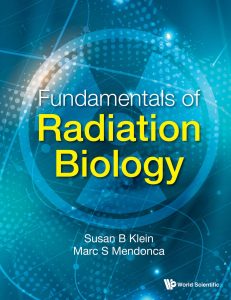
By Susan B. Klein and Marc S. Mendonca
This book presents a contemporary, comprehensive review of the interactions between ionizing radiations and biological materials, tracking the consequences to three inevitable endpoints: cell restitution, cell death, or cell transformation. The introductory narrative is followed by examination of larger scale phenomena including tissue responses to radiation injury, organ failure modes, and resultant human illness including cancer.







